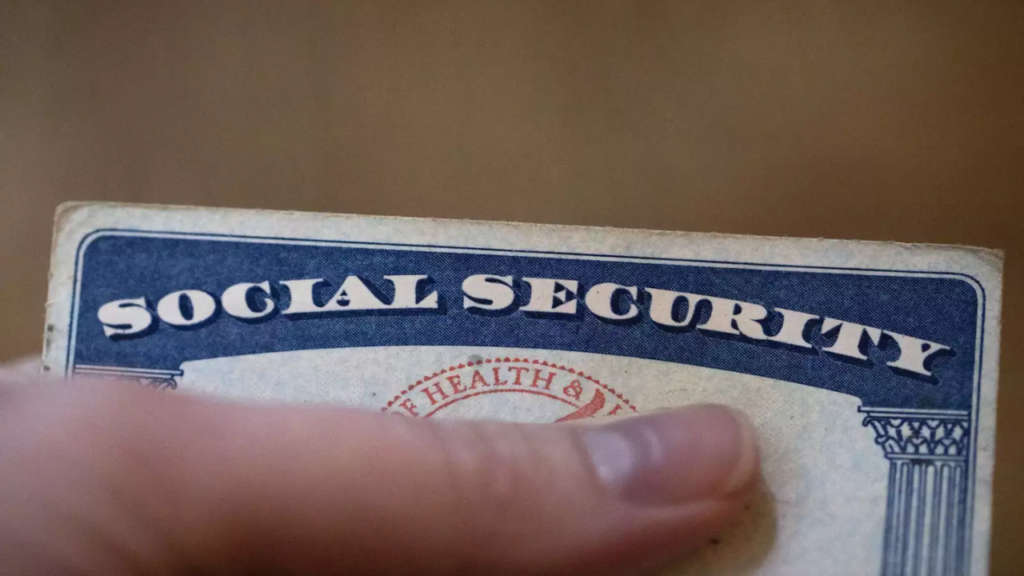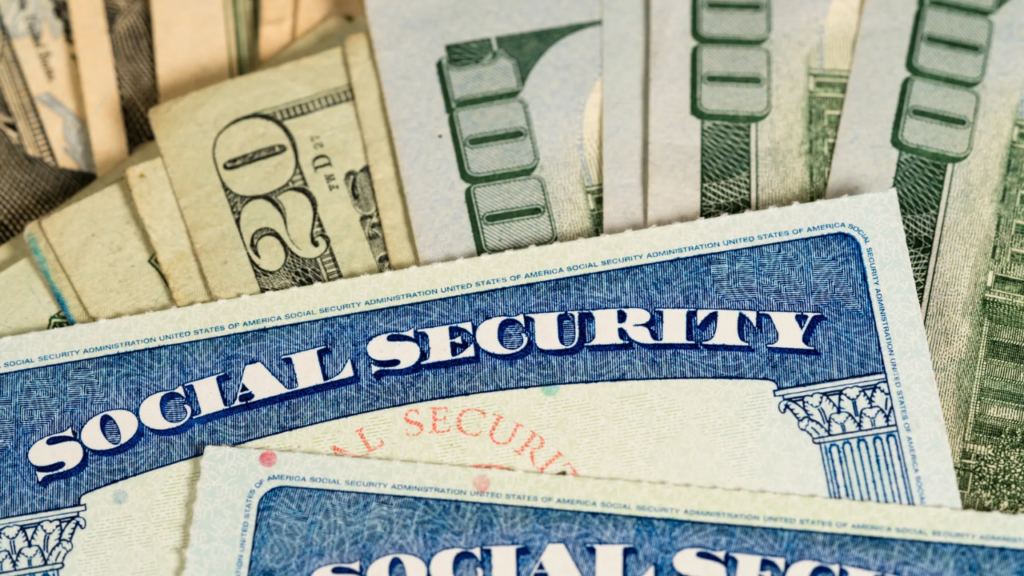For millions of Americans, Supplemental Security Income (SSI) is a lifeline. If you currently receive SSI or plan to apply, new updates to the program could impact your benefits in a big way.
These changes aim to expand eligibility, increase payments, and make the application process simpler.
Here’s what you need to know about how SSI is evolving to better support you.
1. What is SSI?
SSI is a federal program that provides monthly financial support to individuals who are 65 or older, blind, or disabled. To qualify, you must have limited income and resources.
Unlike Social Security benefits, SSI isn’t based on work history. Instead, it’s funded by general tax revenue, making it an essential safety net for those in need.
2. SSI Payments Are Increasing
The Social Security Administration (SSA) has announced a cost-of-living adjustment (COLA) for 2025, ensuring payments keep up with inflation.
Starting in 2025, the federal maximum SSI payments will be:
- $967 per month for individuals
- $1,450 per month for couples
- $484 per month for an essential person (someone providing necessary care to an SSI recipient)
This increase helps recipients maintain their purchasing power as living costs rise.
3. More People Will Qualify for SSI

The SSA has expanded the definition of a “public assistance household” to include those receiving Supplemental Nutrition Assistance Program (SNAP) benefits.
Previously, every member of a household had to receive public assistance for the household to qualify for SSI. Now, even if only some members receive assistance, the household may still qualify.
4. Food Aid No Longer Reduces SSI Benefits
Before this change, receiving food aid, such as SNAP benefits, could lower your SSI payments. That’s no longer the case.
Food aid is no longer counted as income, meaning SSI recipients can receive both benefits without a reduction.
5. Rental Assistance Will Have Less Impact on Benefits
In the past, getting rental assistance or living in subsidized housing could significantly reduce your SSI payments.
The SSA has now minimized the impact of rental aid on eligibility and payment amounts.
Previously, this rule applied only in certain states like Connecticut, Illinois, Indiana, New York, Texas, Vermont, and Wisconsin, but it is now a nationwide policy. This means more people can receive SSI while living in affordable housing.
6. Overpayment Waivers Are Now Easier to Get

Sometimes, SSI recipients receive overpayments due to SSA errors or delayed income updates. Fortunately, the process to fix these issues is now simpler.
Beneficiaries can now easily request waivers for overpayments if they acted in good faith, preventing unnecessary repayment.
Additionally, the threshold for underpayments that can be resolved without extra approval has increased from $5,000 to $15,000, helping clear backlogs faster.
Bottom Line
These updates to SSI aim to make the program more supportive and accessible for those who need it most.
With higher payments, expanded eligibility, and simplified rules, SSI is becoming a stronger financial safety net.
Staying informed about these changes can help you maximize your benefits and build a more secure future.
Disclaimer- Our team has thoroughly fact-checked this article to ensure its accuracy and maintain its credibility. We are committed to providing honest and reliable content for our readers.






